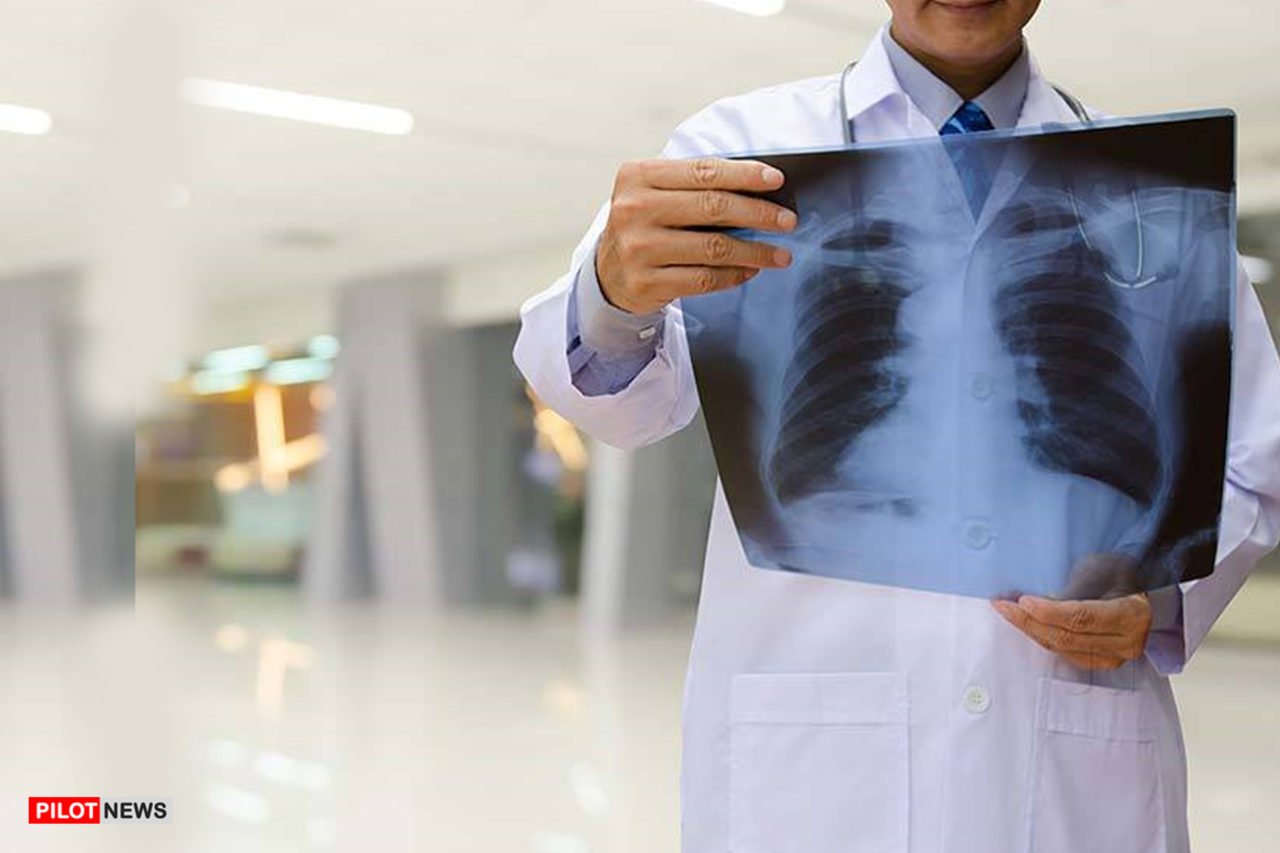
Dealing with Tuberculosis head-on may not just be enough. Here are an expert explanation of the realities of this deadly diseases, and of course some active prevention tips.
It is the objective of this feature article to attempt an in depth understanding of the disease “Tuberculosis” from the following perspectives:
- Strategies for prevention
- Overview of the disease Tuberculosis
- Symptoms and signs of active TB
- Causes of B.
Strategies for T.B prevention
In a nutshell, global campaigns help with TB prevention. On a global, national or regional level, TB prevention measures consist of several main parts:
-The first part of TB prevention is aimed at stopping or entirely eliminating the transmission of TB from one adult to another. This can be done through initially identifying people with active TB, and then curing them through the provision of drug treatment.
With proper TB, treatment, someone with TB will very quickly not be infectious and so can no longer spread the disease to others.
- The second main part of TB prevention is aimed at preventing people with latent TB from developing active, and infections, TB disease.
Any factor which increases the number of people infected by each infectious person, such as ineffective treatment due to drug resistant TB, reduces the overall effect of the main TB prevention efforts. The presence of TB and HIV infections together also increases the number of people infected by each infectious person. Consequently, it is then more likely that globally the number of people developing active TB will increase rather than decrease.
- The third main part of TB prevention is TB infection control. This is achieved through preventing the transmission of TB in such settings as hospitals and prisons. Possible ways of achieving this 3rd main part of TB prevention include but not limited to:
- The pasteurization of milk which helps to prevent humans from getting
bovine TB.
- Immunization against TB infection. There is a vaccine for TB, but this makes only small contribution to TB prevention. It does little to interrupt the transmission of TB among
The TB vaccine is called Bacillus calmette-Guerin (BCG for short). It was first developed in the 1920s, and the most widely used of all current vaccines.
Studies show that BCG penetration is more than 80% of all new born children and infants especially in countries (eg Nigeria) where it is part of the national childhood immunization programme.
The BCG vaccine has been shown to provide children with excellent protection against the disseminated forms of TB. However protection against pulmonary TB in adults is variable. Since most transmissions originate from adult cases of pulmonary TB, the BCG vaccine is generally used to protect children, rather than to interrupt transmission among adults.
It is also important to note here that the BCG vaccine will often result in the person vaccinated having positive result to a TB Skin test.
- TB education is a rather effective strategy in TB prevention. People with TB need to be educated on how to take their TB drugs properly. They also need to know how to make sure that they do not pass TB on to other people. TB education is also necessary for the general public. The public needs to know basic information about TB for a number of reasons including reducing the stigma still associated with TB.
- TB treatment, also known as chemoprophylaxis is another important TB prevention strategy. This can reduce the risk of a first episode of active TB occurring in people with Latent TB. For example, the treatment of latent TB is being used as a tool to try to eliminate TB in the USA.
Isoniazid is one of the drugs used to prevent latent TB from progressing to active TB or TB disease. Isoniazid is a cheap drug, but in a similar way to the use of the BCG vaccine, it is mainly used to protect individuals rather than to interrupt transmission between adults.
This is because children rarely have infectious TB, and it is hard to administer Isoniazid on a large scale to adults who do not have any symptoms. Taking isoniazid daily for six months is difficult in respect to drug compliance or adherence. And as a result, many individuals who should benefit from the treatment, stop taking the drug before the end of the six month period.
Also concerns have been expressed about the possible impact of TB treatment for prevention programmes on the emergence of drug resistance. However a review of the current scientific evidence has shown that there is no need for this to be a concern. The benefit of isoniazid preventive therapy for people living with HIV, and who have, or may have had latent TB, has also recently been emphasized.
Preventing TB Transmission in Households
In order to reduce exposure in households where someone has infectious TB, the following actions should be taken whenever possible:
- Houses should be adequately ventilated
- Anyone who coughs should be educated on cough etiquette and respiratory hygiene, and should follow such practice at all
- TB patient should:
- Spend as much time as possible outdoors;
- If possible, sleep alone in a separate, adequately ventilated
- Spend as little time as possible on public
- Spend as little time as possible in places where large numbers of people gather
At this juncture, I want to reiterate that cough etiquette and respiratory hygiene means covering your nose and mouth when coughing or sneezing. This can be done with a tissue, or in the absence of a tissue, the person can cough or sneeze into their upper sleeve or elbow, but should not cough or sneeze into their upper sleeve or elbow, but should not cough or sneeze into their hands. The tissue thus used, should then be safely disposed of. Educating people about TB is also an important part of TB prevention, as well as ensuring that people who need TB treatment receive it as soon as possible.
An Overview
Tuberculosis (TB) is a potentially serious infectious disease that mainly affects your lungs. The bacterium that causes tuberculosis is known as mycobacterium tuberculosis (M.tb). Historically, this bacterium was first discovered in 1882 by Robert Koch. That is why to this day, the disease tuberculosis is otherwise known as Koch’s disease.
The pathophysiology of TB shows that the bacterium that causes the disease is spread from one person to another through tiny droplets released into the air via coughs and sneezes.
Once rare in developed countries, TB infections began increasing in 1985, partly because of the emergence of HIV, the virus that causes AIDS. HIV weakens a person’s immune system so it can’t fight the TB germs effectively. In the United States, because of stronger control programs, tuberculosis began to decrease again in 1993, but remains a concern.
Many strains of mycobacterium tuberculosis resist the drugs most commonly used to treat the disease TB.
People with active TB must now take several types of medications for many months to eradicate the infection and prevent development of antibiotic resistance.
Symptoms and Signs of Active Tuberculosis
Although your body may harbor the bacterium that causes tuberculosis, your immune system usually can prevent you from becoming sick. For this reason, doctors make a distinction between: Latent TB and Active TB.
- Latent TB. In this condition, you have a TB infection, but the bacterium remains in your body in an inactive state and causes no symptoms. Latent TB; also known as inactive TB is not contagious. Though it can turn into active TB, so treatment is important for the person with latent TB and to help control the spread of TB. An estimated two billion people worldwide have latent TB.
- Active TB. In contrast to Latent TB, this condition makes you sick and can spread to others. It can occur in the first few weeks after infection with the TB bacterium, or it might occur years
Signs and symptoms of active TB include:
- Coughing that lasts three or more
- Coughing up
- Chest pain, or pain with breathing or
- Unintentional weight
- Fatigue
- Night sweats
- Chills
- Loss of
Tuberculosis can also affect other parts of your body, including your kidneys, spine or brain. When TB occurs outside your lungs, signs and symptoms vary according to the organs involved. For example, TB of the spine may give back pain, and TB in your kidneys might cause blood in your urine.
When to see a doctor
See your doctor if you have a fever, unexplained weight loss, drenching night sweats or a persistent cough. These are often signs of TB, but they can also result from other medical problems. Your doctor can perform tests to help determine the cause.
The center for disease control and prevention recommends that people who have an increased risk of tuberculosis be screened for latent TB infection.
This recommendation includes:
- People with HIV/AIDS
- Intravenous drug
- Those in contact with infected individuals
- Health care workers who treat people with a high risk of
Tuberculosis-Causes
As earlier stated in this write-up, TB infection is caused by the germ called mycobacterium Tuberculosis. This bacterium spreads from person to person through microscopic droplets released into the air. This can happen when someone with untreated, active form of tuberculosis coughs, speaks, sneezes, spits, laughs or sings.
Although tuberculosis is contagious, it is not easy to catch. You are much more likely to get TB from someone you live with or work with than from a stranger. Most people with active TB who have appropriate drug treatment for at least two weeks are no longer contagious.
HIV and TB
Since the 1980s, the number of cases of tuberculosis has increased dramatically because of the spread of HIV, the virus that causes AIDS. Infection with HIV, ultimately leads to the suppression of the immune system, making it difficult for the body to control the TB bacterium.
As a result, people with HIV are many times more likely to get TB and to progress from latent to active disease than people who are not HIV positive.
Drug-resistant TB
Another reason tuberculosis remains a major killer is the increase in drug- resistant strains of the bacterium.
Since the first antibiotics were used to fight tuberculosis more than sixty years ago, some TB germs have developed the ability to survive, and that ability gets passed on to their descendants.
Simply put, drug resistant strains of mycobacterium tuberculosis emerge when an antibiotic fails to kill all the bacteria it targets. The surviving bacterium/bacteria become resistant to that particular drug and frequently other antibiotics as well.
Risk Factors in the causation of Tuberculosis
Anyone can get tuberculosis, but certain factors can increase your risk of the disease. The most prominent of these factors is a weakened immune system; arising from any of the following conditions:
- HIV/AIDS
- Diabetes
- Severe kidney disease
- Certain cancers
- Cancer treatment, such as chemotherapy
- Some drugs used to treat rheumatoid arthritis, crohn’s disease and
- Malnutrition
- Very young or advanced
♦ Dr Ugo G. Ulasi is a Nigerian-based Health & Wellness Correspondent


